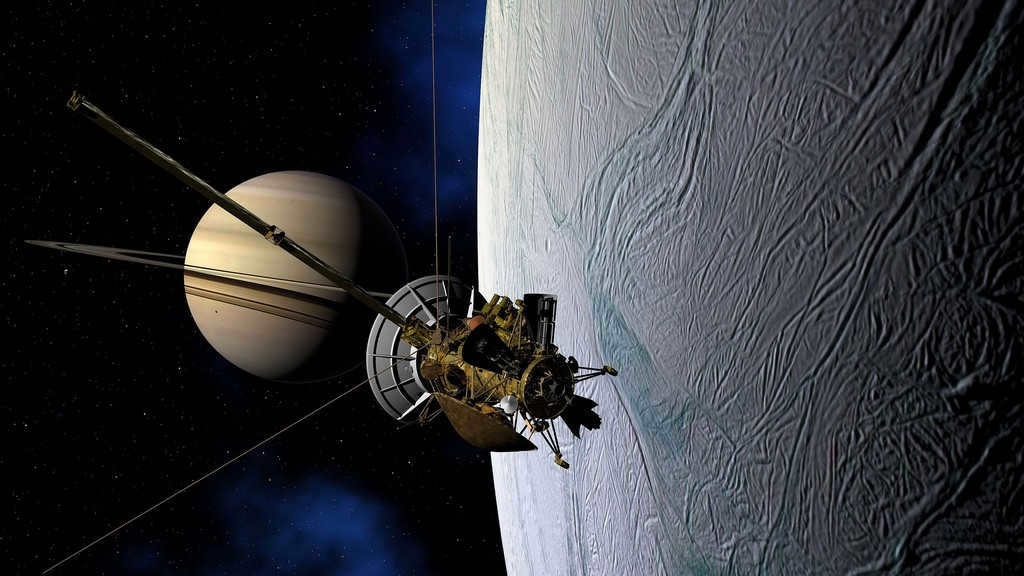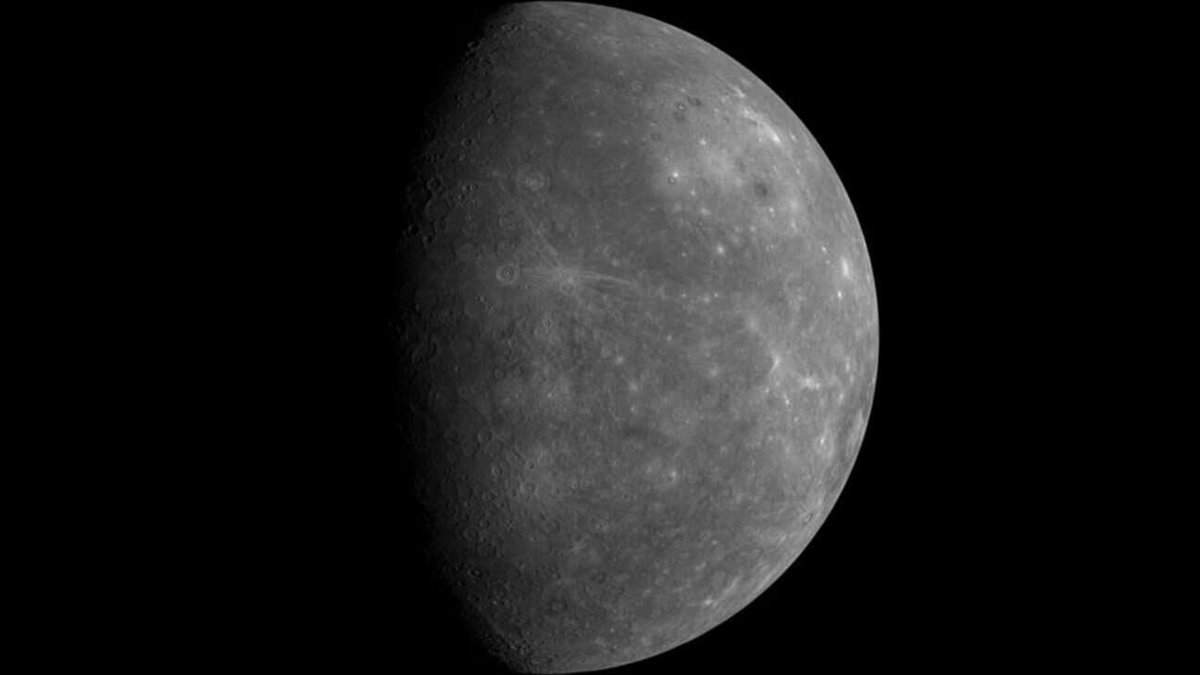
Mercury is the smallest planet in the solar system and it orbits the Sun at an average distance of 0.387 AU or approximately 57,910,000 kilometers. It has a mass of 3.30e23 kg and a diameter of 4,880 kilometers, making it the second smallest planet after Pluto.
Oral Presentation: Exploring the Enigmatic Mercury
Exploring the Mysterious Internal Composition
Deep within the enigmatic planet of Mercury lies a captivating secret – an intricate internal structure resembling our very own Earth. Although similar in essence, there exists one striking disparity: size. While Earth’s core accounts for a mere 17% of its total volume, Mercury’s core takes up a colossal 42% of the planet’s volume, underscoring the intriguing uniqueness of this celestial body.
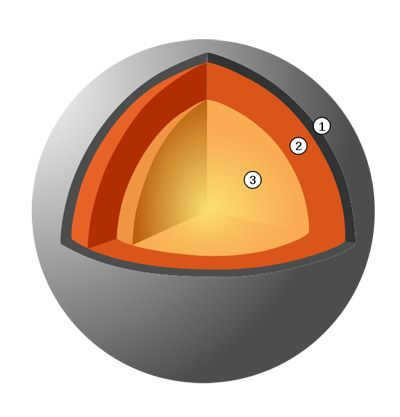
The core of Mercury is surrounded by a mantle made up of 500-700 kilometers of silicate rock. Above the mantle lies the crust, which has a thickness of approximately 100-300 kilometers. The planet’s surface has numerous scars, and most scientists believe that they formed as a result of the gradual cooling of Mercury.
Atmosphere and Surface: A Closer Look

The atmosphere of Mercury is extremely thin and comparable to a vacuum. Its composition:
Because of its near-zero atmosphere and close proximity to the Sun, the surface temperature of the planet ranges from -180….+440 °C. The surface bears a resemblance to the lunar surface, featuring numerous craters (resulting from collisions with asteroids) and mountains reaching heights of up to 4 km (which can exceed the heights of lunar mountains by one and a half times).
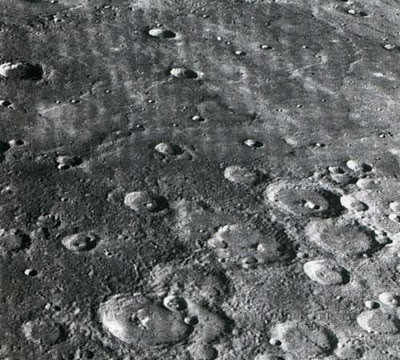

Contrary to our Moon, Mercury’s lower side exhibits swells that were created by the gravitational forces of the Sun. There are also tall cliffs, which can extend for hundreds of kilometers.
Fascinating information about the celestial body
The planet’s name was bestowed by the ancient Romans, who worshipped Mercury as the guardian of thieves, travelers, and merchants. However, it is speculated that the first planet from the Sun had already been recognized as early as 3000 BC (during the time of the Samaritans).
In ancient Greece, it was referred to by two different names – Apollo (the god of sunlight, patron of arts and science) in the morning and Hermes (the swift messenger of the gods) in the evening. The Greeks were unaware that they were observing the same planet.
Exploring the Earth
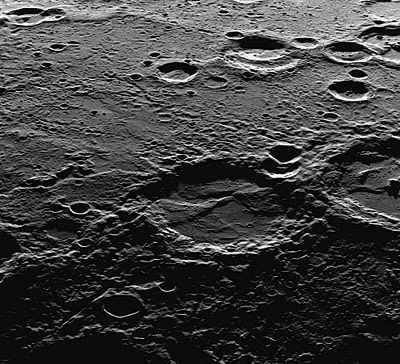
Studying Mercury presents a significant challenge due to its close proximity to the Sun, making it impossible to obtain high-quality images using the American Hubble telescope.
Only one spacecraft has approached the planet – Mariner 10, which conducted three flybys in 1974-1975. Despite its efforts, it was only able to map 45 percent of the planet’s surface.
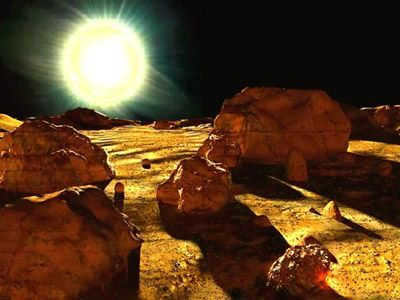
Radar observations have also been conducted, but these findings are more speculative than definitive. For instance, one such study indicated the potential existence of frozen water at Mercury’s northern pole (which was not previously mapped by the Mariner mission).
Mercury holds the distinction of being the planet closest to the Sun (ranking as the first planet in our solar system).
Mercury is classified as one of the terrestrial planets and is named after the ancient Roman god associated with trade. It lacks any natural satellites and possesses an exceedingly thin atmosphere.
Human awareness of Mercury dates back to ancient times.
Venus stands as Mercury’s sole neighboring planet.
Mercury boasts a substantial iron core, accounting for 83% of the planet’s volume and 60% of its overall mass, also serving as the origin of its magnetic field.
Mercury has a silicate mantle that surrounds its core and is about 550 kilometers thick. The thickness of the planet’s crust ranges from 100 to 300 kilometers.
The surface of Mercury is similar to that of the Moon, with numerous impact craters from meteorites and comets.
Observing Mercury from the Earth’s surface is challenging due to its close proximity to the Sun.
Mercury’s path around the Sun
The average distance between Mercury and the Sun is slightly less than 58 million kilometers (0.38 astronomical units).
Mercury completes one full orbit around the Sun in a period of 88 Earth days.
Mercury’s average speed during its orbit is 48 kilometers per second.
The point in Mercury’s orbit closest to the Sun, known as perihelion, is at a distance of 46 million kilometers (0.31 astronomical units).
The farthest point in Mercury’s orbit from the Sun, known as aphelion, is at a distance of 69.8 million kilometers (0.47 astronomical units).
A full day on Mercury lasts for approximately 58.65 Earth days.
Physical characteristics of Mercury
Mercury, the smallest planet in our solar system, has a radius of only 2,440 kilometers, which is approximately 38% of Earth’s radius. This makes it smaller than both Ganymede, a satellite of Jupiter, and Titan, a satellite of Saturn.
The surface temperature of Mercury varies greatly, ranging from -190°C to +430°C. The side of the planet facing the sun experiences much higher temperatures than the polar regions and the back side of the planet.
Unlike Earth, Mercury has a magnetic field that is about 100 times less intense.
Mercury is the second densest planet in our solar system, after Earth.
The acceleration of free fall on Mercury is 3.7 meters per second squared, which is approximately 0.377 times the acceleration due to gravity on Earth.
In terms of surface area, Mercury covers approximately 74,797,000 square kilometers, which is about 14.7% of Earth’s surface area.
Mercury’s mass is approximately 3.3010 x 10 23 kilograms, making up about 5.5% of Earth’s mass.
A comparison of Mercury and Earth’s sizes
Research on Mercury
So far, only two NASA spacecraft have ventured to Mercury.
The first one was the Mariner 10, an American unmanned interplanetary probe that flew past Mercury three times from 1974 to 1975.
The second one was Messenger, a U.S. unmanned interplanetary probe that studied the planet from 2011 to 2015.
On October 20, 2018, the BepiColombo mission, a joint European-Japanese endeavor, set off for Mercury and is expected to reach the planet in late 2021.
Did you know these fascinating things about Mercury?
If you were to take a 100-kilogram object from Earth and transport it to Mercury, it would weigh only 37.7 kilograms there.
When Mercury is at its closest point to the Sun in its orbit, the Sun appears three times larger from its surface compared to how it looks from Earth.
Out of all the planets in our solar system, only Mercury and Venus do not have any natural satellites.
Mercury holds the title for being the fastest planet in our solar system.
One of the most notable features on Mercury is the Plain of Heat, also known as Caloris Planitia, which boasts an impressive diameter of approximately 1,550 kilometers.
Planet Mercury
Mercury, the initial planet from the Sun and the tiniest planet in the solar system, is an extraordinary celestial body. Being named after a messenger of the Roman gods, Mercury holds a significant presence in various cultures and myths. Interestingly, Mercury can be spotted without any instruments, making it a remarkable phenomenon.
Nevertheless, Mercury remains an enigmatic entity. It can be observed both in the morning and evening sky, exhibiting its own distinctive phases.
Fascinating information
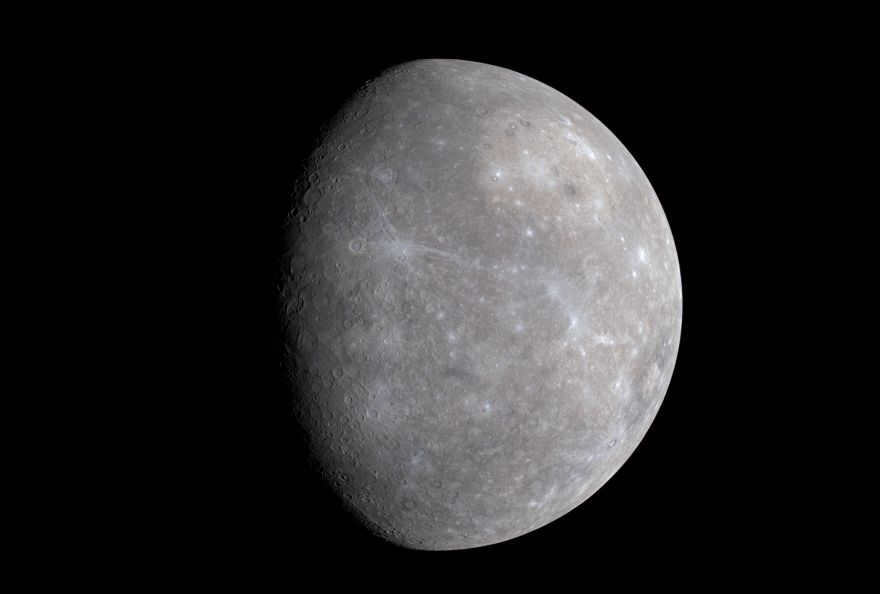
Discover some fascinating information about the planet Mercury.
- A solar day (the interval from noon to noon) on Mercury lasts 176 Earth days, while a sideric day (the time it takes for Mercury to complete one rotation on its axis) lasts 59 Earth days. Mercury has the highest orbital eccentricity among all the planets, and its distance from the Sun ranges from 46 to 70 million kilometers.
- Mercury is one of the five planets that can be seen without the need for instruments. It has a diameter of 4,879 kilometers at the equator.
- Each cubic centimeter of Mercury has a mass of 5.4 grams. However, Earth is actually denser than Mercury because it is composed of heavier metals and rocks.
- As the iron core of the planet cooled and contracted, the surface layer of Mercury became wrinkled, forming long ridges that can stretch for hundreds of miles.
- Venus, despite being farther out, has a consistently higher surface temperature due to the greenhouse effect. On Mercury, the day side can reach temperatures of 427°C, while the night side drops to -173°C. However, Mercury lacks an atmosphere, which prevents an even distribution of heat.
- Unlike other planets, Mercury is unable to renew its surface layer and smooth out craters through geologic processes. All of its craters are named after artists, writers, and musicians. Impact formations larger than 250 kilometers in diameter are referred to as basins, with the largest being the Plain of Heat, stretching 1,550 kilometers.
- Due to its proximity to the Sun, Mercury has been extensively studied by spacecraft. Mariner 10 made three orbits around Mercury between 1974 and 1975, mapping just under half of its surface. MESSENGER also visited Mercury in 2004.
- The precise date of the planet’s detection remains uncertain as it was documented as far back as the Sumerians in 3000 BC.
- The gravitational force on this planet is merely 38% of that on Earth, although it is insufficient to maintain a steady atmosphere (which is eroded by solar winds). However, gases escape but are replenished by solar particles and dust.
Size, mass and orbit
Mercury is known for being the smallest planet in the solar system, with a radius of 2,440 km and a mass of 3.3022 x 10 23 kg. In terms of size, it is only 0.38 times the size of Earth. While it may be smaller than some satellites, it still ranks second in density after Earth, with a density of 5.427 g/cm 3. The image below provides a visual comparison of the sizes of Mercury and Earth.
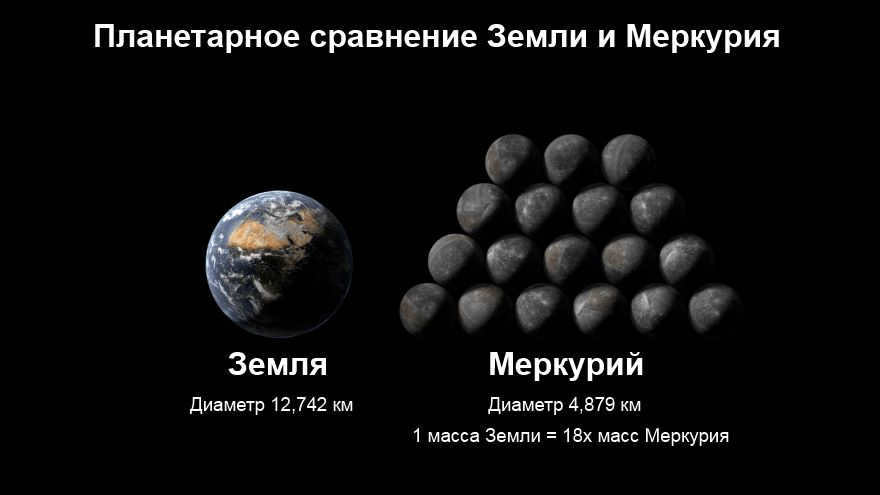
Comparison between Mercury and Earth
Mercury possesses the most eccentric orbit among all the planets. The distance of Mercury from the Sun can range from 46 million km (perihelion) to 70 million km (aphelion). No other planet comes closer to these extremes. Its average orbital velocity is – 47322 km/s, and it takes approximately 87.969 days to complete its orbit. The table below presents the characteristics of the planet Mercury.
Physical characteristics of Mercury
| 2439.7 km |
| 2439.7 km |
| 2439.7 km |
| 15,329.1 km |
| 7.48-10 7 km² 0.147 of the Earth’s |
| 6.083-10 10 km³ 0.056 of the Earth’s |
| 3.33-10 23 kg 0.055 of the Earth’s |
| 5.427 g/cm³ 0.984 of the Earth’s |
The eccentricity and slow rotation of Mercury result in the planet taking 176 days to complete one orbit, making a day on Mercury twice as long as a year. Additionally, Mercury has the smallest axial tilt of any planet, measuring just 0.027 degrees.
| 46,001,009 km 0.38709927 a. e. |
| 69,817,445 km 0.46670079 a. e. |
| 57 909 227 km 0.38709927 a. e. |
Composition and surface
Mercury’s composition is 70% metallic and 30% silicate. It is believed that its core covers about 42% of the planet’s total volume (compared to Earth’s 17%). The core is made up of molten iron, surrounded by a silicate layer (500-700 km) that is concentrated. The surface layer is the crust, which has a thickness of 100-300 km. The surface of the planet is characterized by the presence of numerous ridges that stretch for kilometers.
Mercury’s core contains the highest concentration of iron compared to the other planets in the solar system. It is hypothesized that Mercury was much larger in the past, but a collision with a large object caused the outer layers to collapse, leaving behind the core.
There are theories suggesting that Mercury may have formed in the protoplanetary disk before solar energy stabilized. In this scenario, it would have been twice as massive as it is now. The intense heat of 25,000-35,000 K could have resulted in the vaporization of most of the rock. Examine the photograph to study the structure of Mercury.
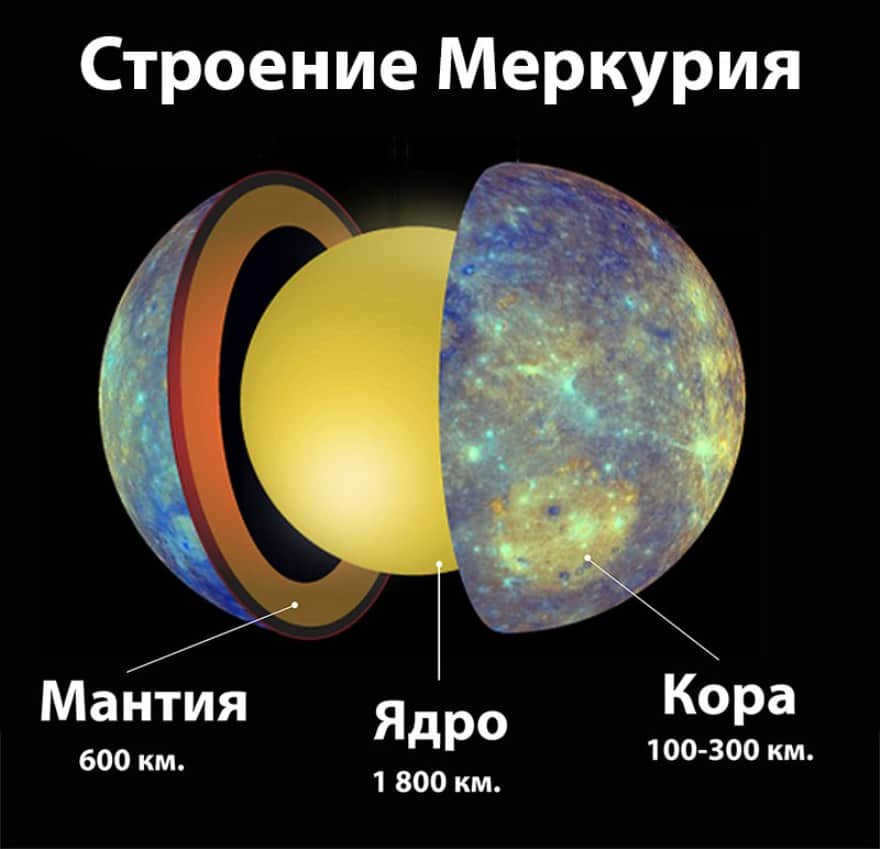
Mercury’s composition consists of the crust, mantle, and core.
There is an alternative hypothesis suggesting that the solar nebula may have contributed to an influx of particles bombarding the planet. However, the lighter particles would have dispersed and not played a role in Mercury’s formation.
From a distance, Mercury bears a resemblance to Earth’s moon. It shares a similar cratered landscape with plains and evidence of past lava flows. However, there is a greater variety of elements present on Mercury.
Mercury originated 4.6 billion years ago and experienced numerous impacts from asteroids and debris. Due to the lack of an atmosphere, these impacts left visible marks on the planet. Despite this, Mercury remained geologically active, resulting in the creation of plains through lava flows.
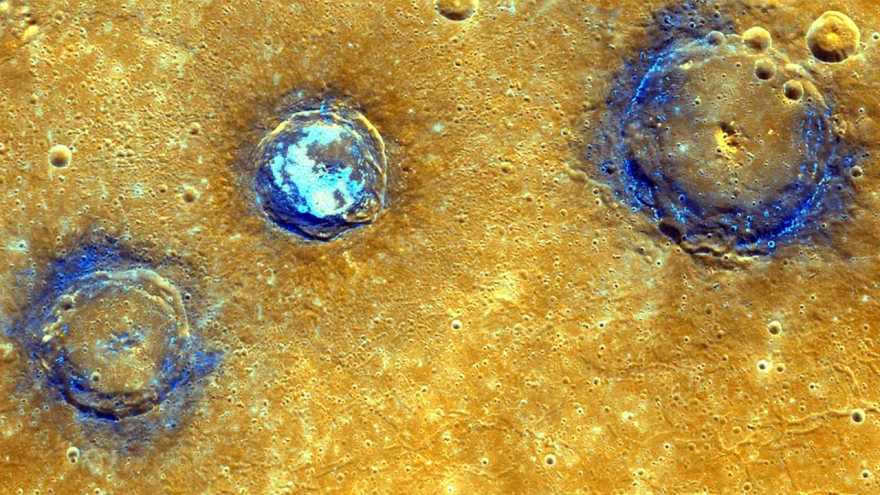
Improved depictions of the Munch, Sander, and Poe craters located near the volcanic plains (orange) in close proximity to the Calori Basin
Craters vary in size, ranging from small indentations to basins that span hundreds of kilometers. The largest crater, Caloris (Heat Plain), measures 1,550 kilometers in diameter. The impact was so powerful that it triggered a volcanic eruption on the opposite side of the planet. Additionally, the crater itself is encompassed by a 2-kilometer high concentric ring. There are approximately 15 significant crater formations on the planet’s surface. Examine a detailed depiction of Mercury’s magnetic field.
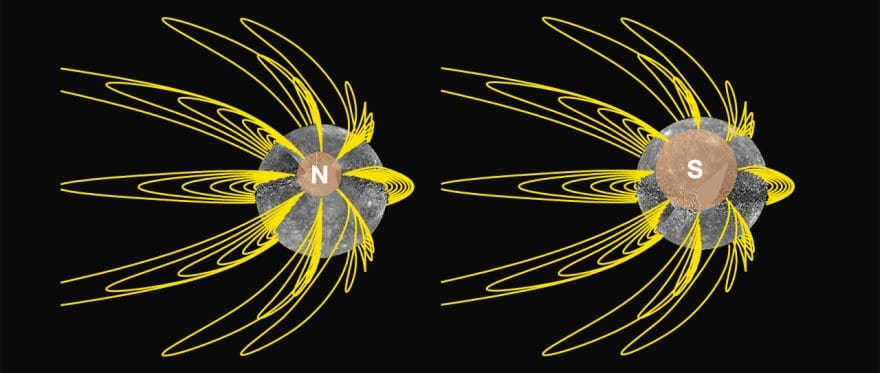
The planet possesses a planetary magnetic field, with a strength equivalent to 1.1% of the Earth’s magnetic field. It is hypothesized that this field is generated by a dynamo mechanism, similar to what occurs on our own planet. This dynamo is believed to be driven by the rotation of a liquid core that is predominantly composed of iron.
This magnetic field is robust enough to withstand the onslaught of stellar winds and create a magnetospheric layer around the planet. The strength of the field is sufficient to repel plasma particles from the stellar winds, leading to the occurrence of surface weathering processes.
Atmosphere and temperature
Due to its close proximity to the Sun, the planet experiences excessive heating, preventing it from retaining its atmosphere. However, researchers have observed a delicate and ever-changing exosphere consisting of hydrogen, oxygen, helium, sodium, water vapor, and potassium. The overall atmospheric pressure reaches approximately 10-14 bars.
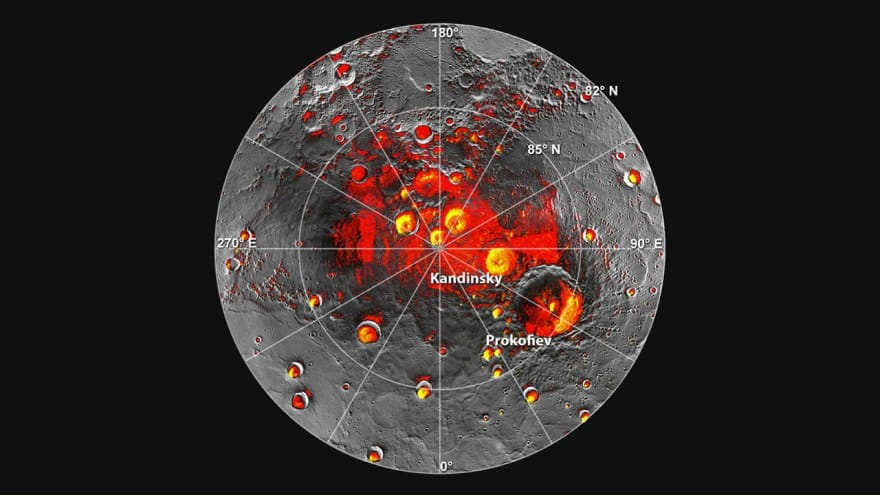
The MESSENGER instrument captured the northern pole of the planet. Red areas indicate shaded regions, while yellow represents ice.
Due to the lack of an atmosphere, Mercury experiences significant temperature fluctuations: reaching 427 ° C on the sunny side, and dropping to -173 ° C on the dark side.
Remarkably, the planet’s surface contains water ice and organic molecules. This is attributed to the differences in crater depths at the pole, which prevent direct sunlight from reaching them. It is estimated that between 10^14 and 10^15 kg of ice can be found at the bottom of these craters. The origin of this ice is still uncertain, but it could have come from comets colliding with the planet or from water degassing from its interior.
The exploration history of Mercury is not devoid of interest. This celestial body has been a subject of observation since ancient times, even before the invention of telescopes, which is why it holds a special place in myths and ancient legends. The earliest records of Mercury can be traced back to the Moul Apin tablet, which served as an astronomical and astrological reference for the Babylonians.
These ancient observations, dating back to the 14th century BC, describe Mercury as a “dancing planet” due to its fast motion. In ancient Greece, it was referred to as Stilbon, meaning “shine,” and was believed to be the messenger of Olympus. The Romans embraced this concept and bestowed upon it the modern name in honor of their pantheon.
Ptolemy, in his works, mentioned that planets have the ability to transit in front of the Sun. However, he did not specifically record examples of Mercury and Venus transits, considering them too small and inconspicuous.
The Chinese referred to it as Chen Xin (“Clock Star”) and associated it with water and the north. Additionally, Asian culture still maintains this concept of the planet, which is even documented as the fifth element.
Among the Germanic tribes, a connection with the god Odin was observed in this celestial body. The Mayans observed four owls, two of which were responsible for the morning and the other two for the evening.
The geocentric orbital path was documented as early as the 11th century by an Islamic astronomer. In the 12th century, Ibn Bajya observed the transit of two small dark objects in front of the Sun. It is likely that he saw Venus and Mercury.
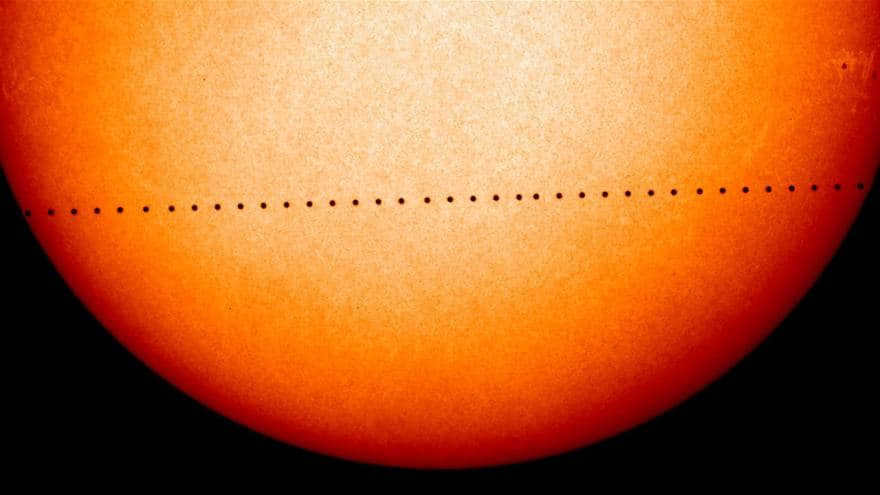
SOHO observed Mercury’s transit across the solar disk in 2006. The event was visible in Eastern Europe and the Eastern Hemisphere.
In the 15th century, the Indian astronomer Kerala Somayaji developed a heliocentric model that included Mercury orbiting the Sun.
Galileo Galilei was the first to view Mercury through a telescope in the 17th century. His focus at the time was on studying the phases of Venus, so Mercury received less attention. However, Pierre Gassendi documented the transit in 1631.
In 1639, Giovanni Zupi observed the orbital phases of Mercury, providing further evidence for its rotation around the Sun and supporting the heliocentric model.
Giovanni Schiaparelli provided more precise observations in the 1880s, suggesting that Mercury completes one orbit in 88 days. In 1934, Eugios Antoniadi produced an elaborate map illustrating the surface features of the planet.
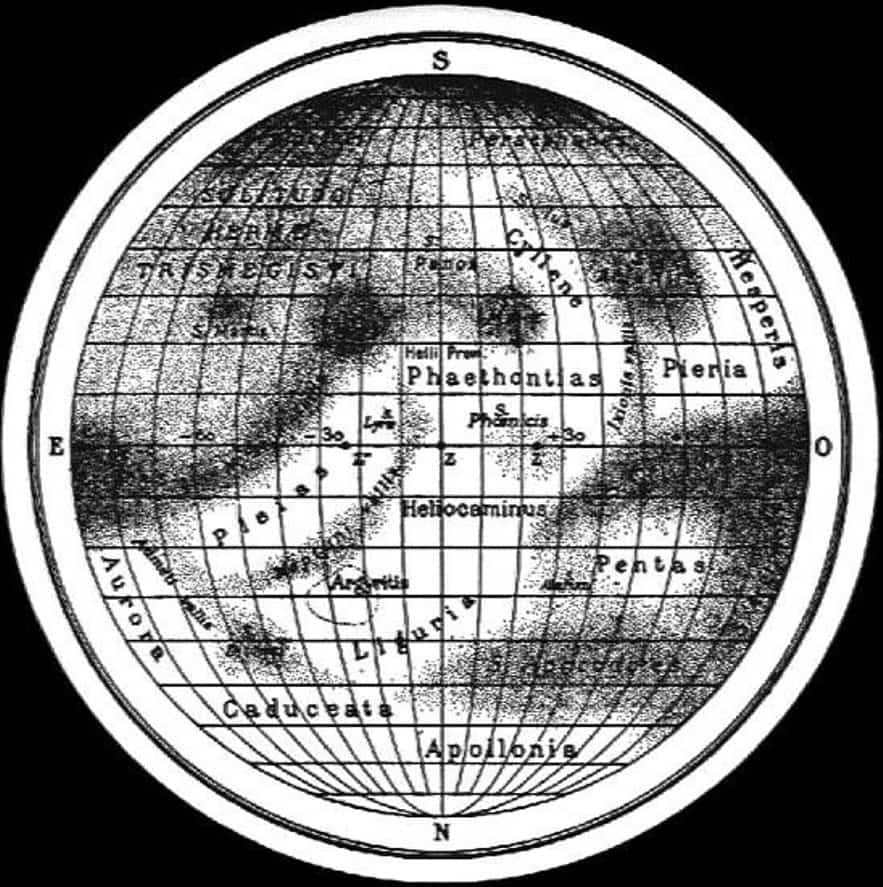
A map of Mercury made by Antoniadi
In 1962, Soviet scientists successfully repelled the initial radar signal. Three years later, the Americans replicated the experiment and determined an axial rotation of 59 days. Traditional optical observations did not yield new information, but interferometers revealed the chemical and physical characteristics of the subsurface.
The first comprehensive examination of surface features was conducted in 2000 by the Mount Wilson Observatory. Much of the mapping was accomplished using the Arecibo Radar Telescope, with its range extending up to 5 km.
Before the initial drone operation, our knowledge regarding the morphological attributes was limited. The first spacecraft to explore Mercury was Mariner, which conducted missions in 1974-1975. During these missions, Mariner made three close approaches to Mercury and captured a series of high-resolution photographs.
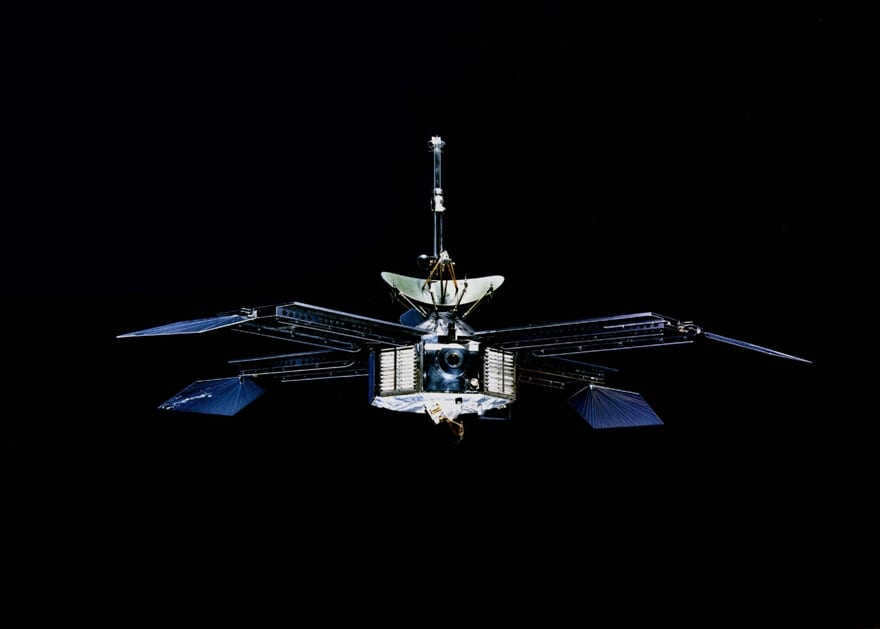
The Mariner 10 spacecraft, launched by NASA, conducted explorations of Venus and Mercury during the 1970s.
However, due to its lengthy orbital period, the spacecraft consistently approached the same side on each approach, resulting in a map that covered only 45% of the total area.
During the initial approach, the spacecraft was able to record the magnetic field. Subsequent approaches revealed that the magnetic field strongly resembled that of Earth, which also deflects stellar winds.
In 1975, the spacecraft depleted its fuel and contact was lost. Nevertheless, Mariner 10 continues to orbit the Sun and make visits to Mercury.
The MESSENGER was the second messenger tasked with comprehending various aspects of the planet, including density, magnetic field, geology, core structure, and atmospheric characteristics. To achieve this goal, state-of-the-art cameras were incorporated to ensure exceptional resolution, while spectrometers were employed to identify the elemental composition.

The MESSENGER spacecraft has been in Mercury’s orbit since March 2011.
MESSENGER was launched in 2004 and has completed three flybys since 2008, making up for the areas that were missed by Mariner 10. In 2011, it transitioned to an elliptical planetary orbit and began capturing images of the planet’s surface.
Following this, a one-year mission was launched. The final maneuver took place on April 24, 2015. It then depleted its fuel and crashed into the planet’s surface on April 30.
In 2016, ESA and JAXA joined forces to develop BepiColombo, which is expected to arrive at Mercury in 2024. It consists of two probes that will investigate the magnetosphere as well as the surface using various wavelengths.

Enhanced image of Mercury generated from MESSENGER camera images
Mercury is a fascinating planet characterized by extremes and contradictions. It possesses both a molten surface and ice, lacks an atmosphere, yet boasts a magnetosphere. We anticipate that advanced technology will unveil even more captivating particulars. Don’t forget to explore the modern, high-resolution map showcasing Mercury’s terrain.
Map of the surface
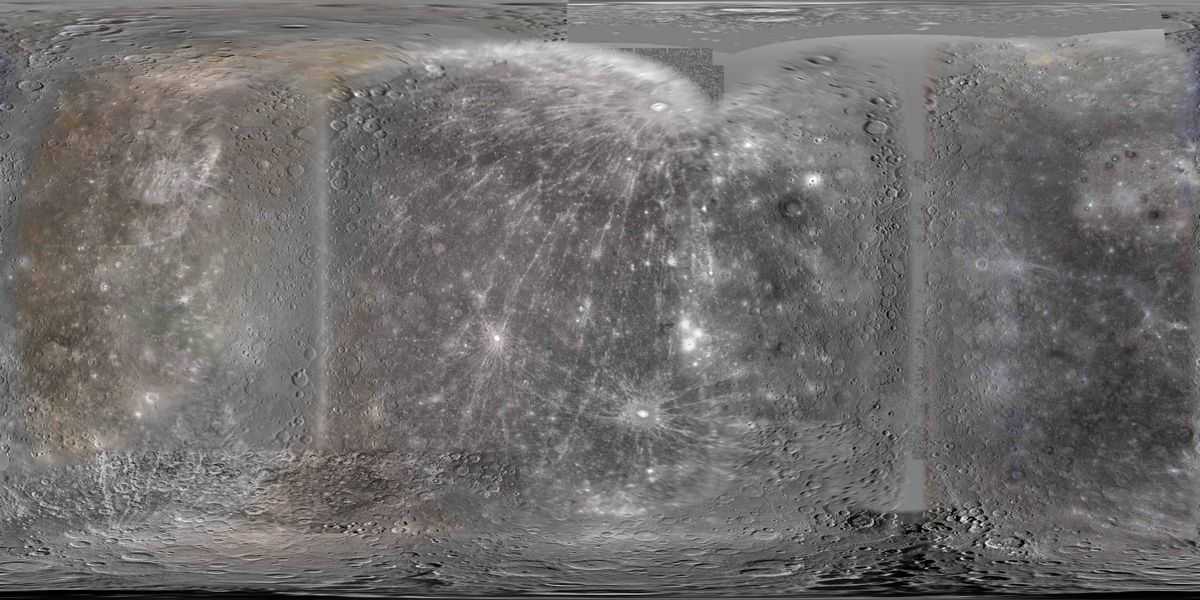
Click on the picture to make it bigger
MERCURY
MERCURY, the closest planet to the Sun in the solar system, is the smallest out of all the rocky planets; it is represented by the astronomical symbol ☿. It is believed that traces of the processes that occurred during the formation of the solar system, which have been erased on other planets, can be found on Mercury. Mercury has been known since ancient times, along with five other planets, and it stands out from the rest due to its fast motion across the sky. In Greek mythology, Mercury was considered a star associated with the god Hermes, while in Roman mythology, it was associated with the god Mercury. Therefore, in English-speaking scientific literature, two interchangeable adjectives are used to describe nouns related to Mercury: mercurian and hermean.
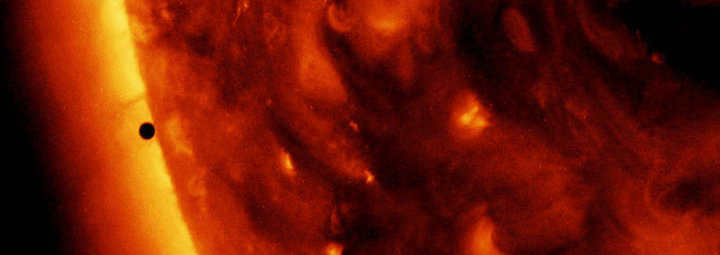
Out of all the known planets in the Solar System, Mercury is the least captivating for scientists. This can be attributed to the fact that this small star, which burns faintly in the night sky, is actually the least conducive to applied science. Being the closest planet to the Sun, Mercury serves as a lifeless cosmic laboratory where nature itself experimented during the formation of the Solar System.
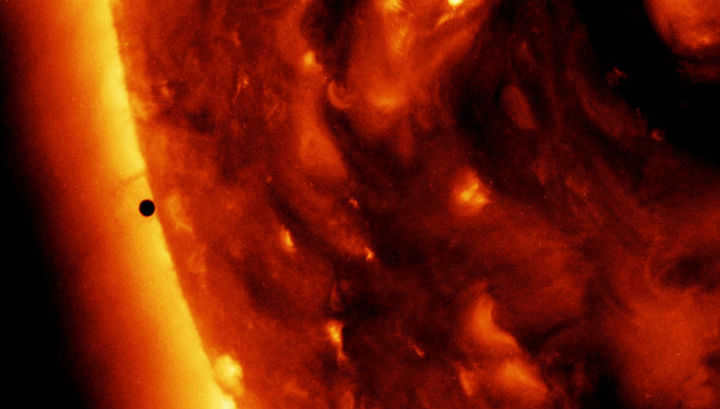
Undoubtedly, Mercury can be aptly described as a veritable gold mine of knowledge for astrophysicists, from which an abundance of fascinating data about the principles of physics and thermodynamics can be extracted. By harnessing the insights gained from studying this captivating celestial body, one can gain a deeper understanding of the profound influence our star exerts over the entire solar system.
What is the initial planet in our solar system?
Mercury is presently recognized as the tiniest celestial body in our solar system. Following the reclassification of Pluto as a dwarf planet, Mercury took the esteemed position of being the first planet in our system. However, this newfound status did not bring any significant advantages. Due to its close proximity to the Sun, Mercury’s position in our solar system places it beyond the scope of modern scientific observation.
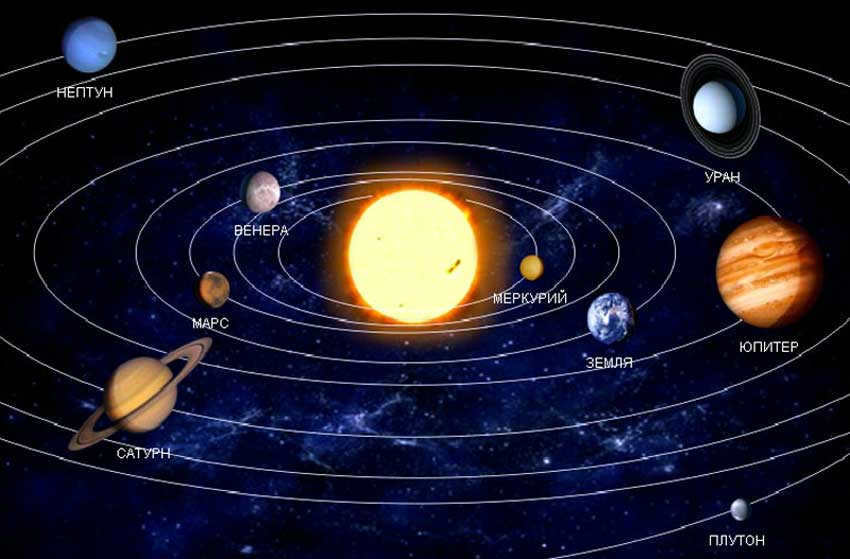
The planet’s position in the solar system has a significant impact on its behavior. Mercury travels along its orbit at a speed of 48 km/s, completing a full revolution around the Sun in 88 Earth days. It rotates on its own axis at a relatively slow pace, taking 58.646 days, which has led astronomers to believe that one side of Mercury is always facing the Sun.
It is highly likely that the planet’s erratic movement and its close proximity to the Sun were the reasons behind naming it after the swift ancient Roman god Mercury.
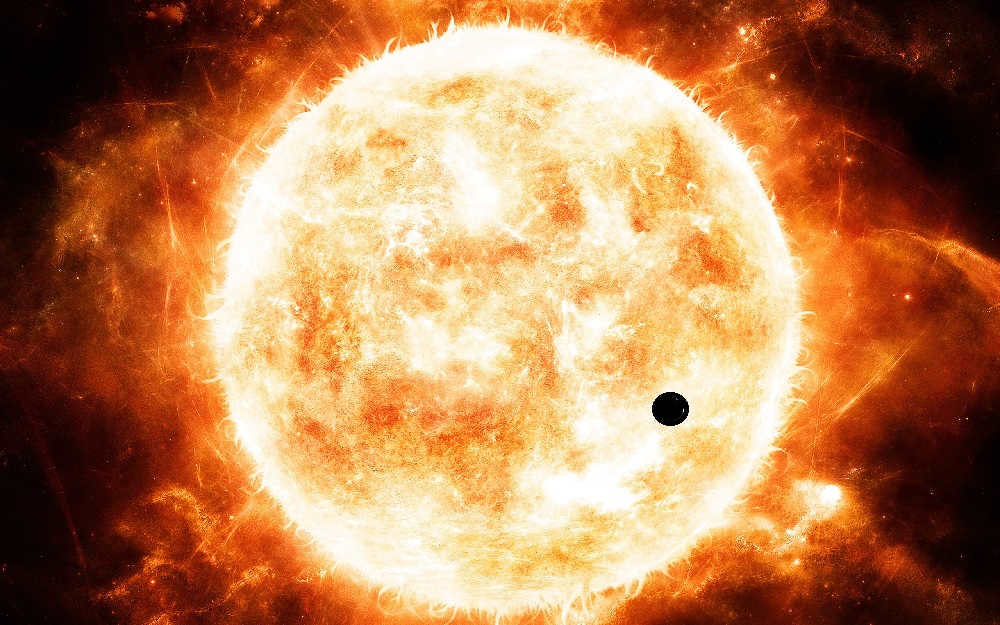

In recognition of the solar system’s first planet, the ancients regarded it as a distinct celestial object that orbits our star. This viewpoint makes the scientific information about our closest neighbor in the sky intriguing.
Mercury possesses the most peculiar orbit out of all eight planets within the solar system. Because of its close proximity to the Sun, the planet follows the shortest orbit, but its shape is an extremely elongated ellipse. In comparison to the orbital paths of the other planets, this first planet exhibits the highest eccentricity of 0.20 e. In simpler terms, Mercury’s orbital path has the greatest eccentricity. In simpler terms, the motion of Mercury resembles that of a colossal cosmic swing. During perihelion, this impetuous neighboring planet approaches the Sun at a distance of 46 million km, emitting a scorching red-hot glow. Conversely, during aphelion, Mercury retreats from our radiant star at a distance of 69.8 million kilometers, allowing ample time for it to cool down amidst the vast expanse of space.
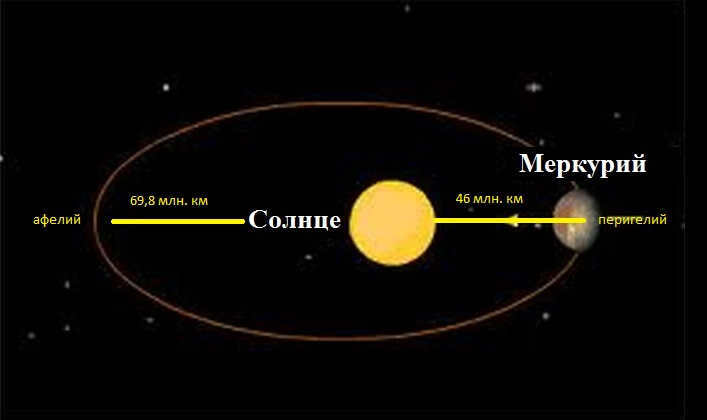

When looking up at the night sky, Mercury’s luminosity can vary greatly, ranging from -1.9m to 5.5m. However, observing this planet is quite challenging due to its close proximity to the Sun.
This unique characteristic of orbital flight easily accounts for the significant temperature variations on the planet, which are the most pronounced in the entire Solar System. However, the primary distinguishing factor of the astrophysical parameters of this small planet is the displacement of its orbit in relation to the Sun’s position. This phenomenon, known as precession in the field of physics, still remains a mystery in terms of its cause. In the 19th century, a comprehensive table outlining the alterations in Mercury’s orbital characteristics was even created, yet fully explaining this celestial body’s behavior proved elusive. By the mid-20th century, a hypothesis emerged suggesting the existence of a planet near the Sun that influences the position of Mercury’s orbit. However, confirming this theory through telescope observation is currently unfeasible due to the close proximity of the study area to the Sun.
The most suitable explanation for this characteristic of the planet’s orbit is to consider precession in relation to Einstein’s theory of relativity. Previously, it was estimated that Mercury’s orbital resonance was 1 to 1. However, it has been discovered that this parameter actually has a value of 3 to 2. The planet’s axis is positioned perpendicular to the orbital plane, and the combination of the solar neighbor’s rotation rate around its own axis and the orbital velocity results in an intriguing phenomenon. When the celestial body reaches its zenith, it starts to change direction, causing sunrise and sunset to occur in the same part of Mercury’s horizon.
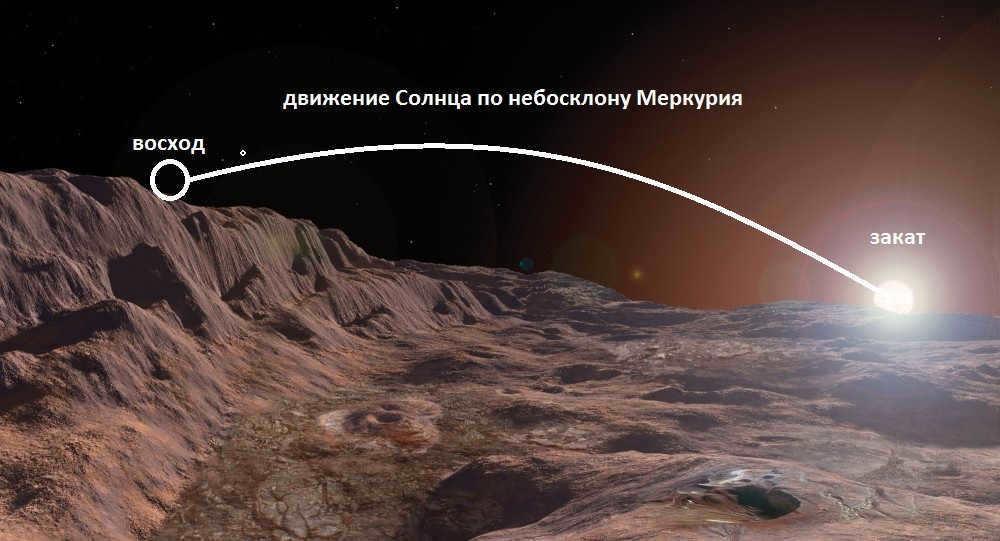
Regarding the physical characteristics of the planet, they can be described as follows and appear relatively modest:
- The average radius of Mercury is approximately 2439.7 ± 1.0 kilometers;
- The mass of the planet amounts to about 3.33022-1023 kilograms;
- Mercury’s density is measured at 5.427 grams per cubic centimeter;
- The acceleration due to gravity at the equator of Mercury is approximately 3.7 meters per second squared.
The diameter of the smallest planet is 4879 kilometers. Among the planets within the Earth’s group, Mercury is smaller than all three. When compared to the diminutive Mercury, both Venus and Earth are considered real giants, with Mars slightly surpassing the size of the first planet. Despite being our solar neighbor, Mercury is even smaller in size than the moons of Jupiter and Saturn, such as Ganymede (5262 kilometers) and Titan (5150 kilometers).
Compared to Earth, the initial planet in the solar system holds a distinct position. The minimum distance separating the two planets amounts to 82 million kilometers, whereas the maximum distance spans 217 million kilometers. When traveling from Earth towards Mercury, the spacecraft can reach the planet at a quicker pace compared to traveling to Mars or Venus. This phenomenon arises from the fact that the diminutive planet frequently finds itself in closer proximity to Earth when compared to its neighboring counterparts.
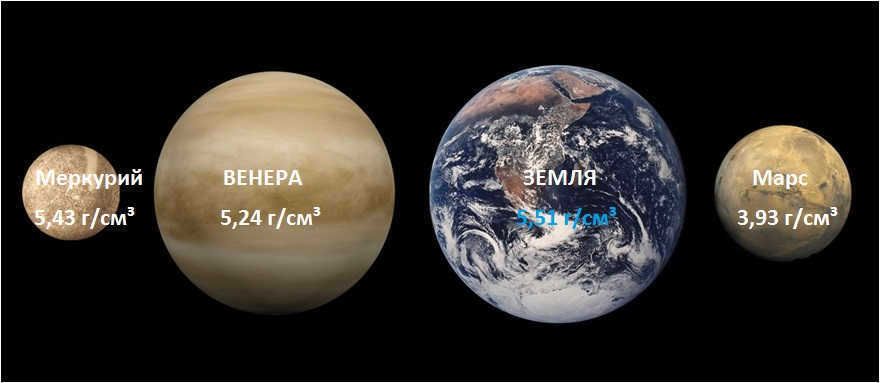
The density of Mercury is significantly higher compared to other planets, making it similar to Earth and surpassing Mars by almost twice as much – 5.427 g/cm3 compared to 3.91 g/cm2 for the Red Planet. Despite this similarity, both Mercury and Mars have a similar free fall acceleration of 3.7 m/s2. In the past, scientists believed that Mercury was once a satellite of Venus, but accurate data on its mass and density have debunked this hypothesis. It is now recognized as an independent planet that formed during the early stages of the solar system’s formation.
Despite its small size of just 4879 kilometers, this planet is remarkably heavy, even heavier than the Moon. In fact, its density surpasses that of massive celestial bodies like the Sun, Jupiter, Saturn, Uranus, and Neptune combined. Nevertheless, this impressive density does not translate into other remarkable physical characteristics, whether in terms of geology or atmosphere.
Structure of Mercury: Inside and Out
One common trait among all members of the Earth group of planets is their solid surface.

This similarity of the internal structure of these planets is a result of their shared geology. In the case of Mercury, its internal structure can be divided into three distinct layers:
- The Mercurian crust, which can vary in thickness ranging from 100 to 300 km;
- The mantle, which is approximately 600 kilometers thick;
- The iron-nickel core, with a diameter measuring between 3,500 and 3,600 kilometers.
The crust of Mercury resembles the scales of a fish, with layers of rocks that were formed during the planet’s early geologic activity stacked on top of each other. These layered formations give rise to unique bulges, which contribute to the planet’s relief features. As the surface layer rapidly cooled, the crust began to contract, similar to the shrinking of a shagreen skin, resulting in a loss of strength. Subsequently, the Mercurian crust experienced significant external forces following the cessation of the planet’s geologic activity.
The thickness of the mantle on Mercury is relatively thin, measuring only 600 km in comparison to the crust. This relatively small thickness supports the theory that suggests a portion of Mercury’s planetary material was lost due to a collision with a large celestial body.
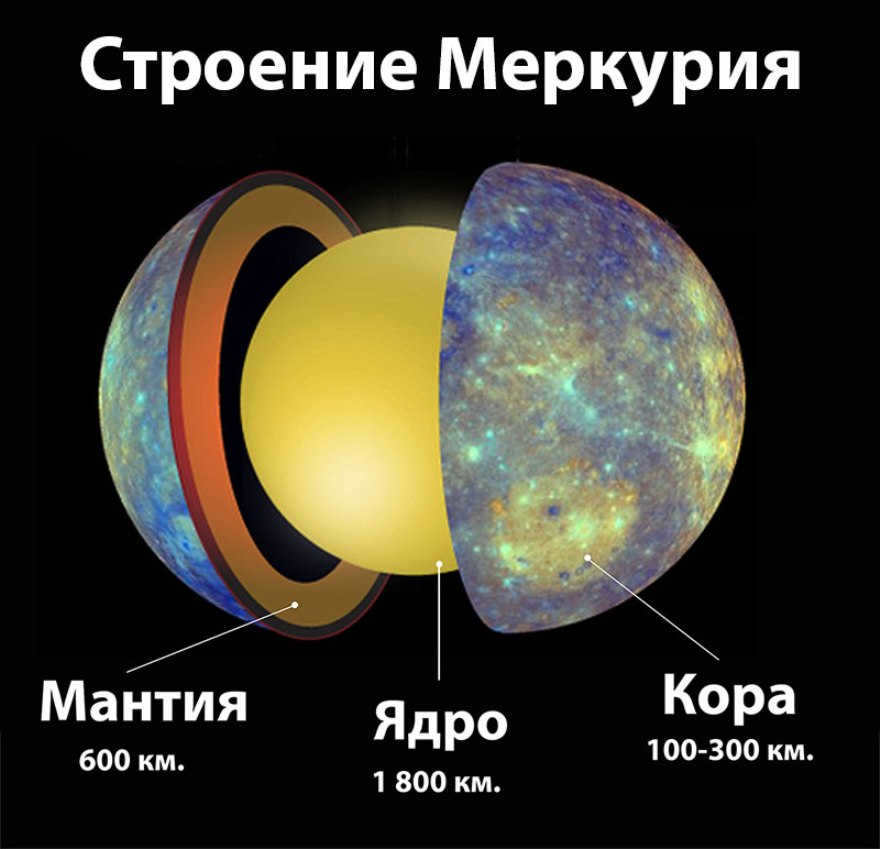
There is much debate surrounding the core of Mercury. The core’s diameter is three-quarters of the planet’s total diameter and is in a semi-liquid state. Mercury is the undeniable leader among the planets of the solar system in terms of iron concentration in its core. The activity of the liquid core still impacts the planet’s surface, resulting in unique geological formations known as bulging.
For a considerable period, astronomers and scientists had limited knowledge about the composition of the planet’s surface based on visual observations. It was not until 1974 that mankind was granted the opportunity to closely examine the surface of our solar system’s neighboring planet, thanks to the American space probe Mariner-10. The images captured by Mariner-10 revealed the appearance of the planet Mercury’s surface. According to the images, the first planet from the Sun is heavily cratered. The largest crater, named “Caloris,” measures 1550 kilometers in diameter. The areas between the craters are covered by plains and rock formations. Due to the absence of erosion, Mercury’s surface has remained relatively unchanged since the formation of our solar system. The early cessation of tectonic activity on the planet has contributed to the preservation of its surface. Any alterations to the Mercurian landscape have solely occurred as a result of meteorite impacts.
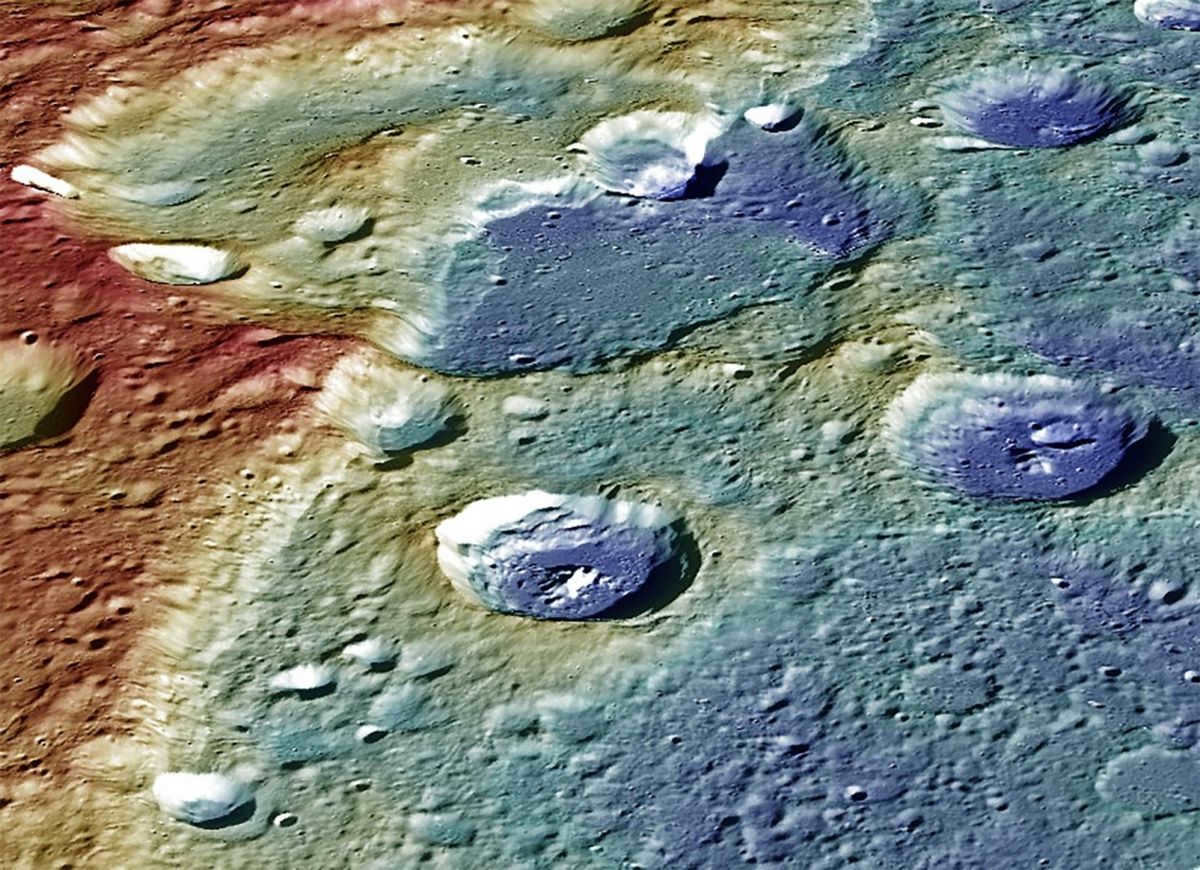
With its color palette, Mercury bears a striking resemblance to the Moon, appearing as gray and lacking distinctive features. Moreover, both celestial bodies have nearly identical albedo values, with Mercury’s at 0.1 and the Moon’s at 0.12.
When it comes to the weather conditions on Mercury, it is an unforgiving and brutal world. Despite the fact that the planet heats up to a scorching 4500C under the influence of the nearby star, the heat does not stay on the surface of Mercury. On the side of the planet that is in shadow, the temperature plummets to -1700C. The planet’s incredibly thin atmosphere is the reason behind such drastic temperature fluctuations. In terms of its physical properties and density, the atmosphere on Mercury is similar to a vacuum. However, even in this environment, the planet’s air is composed of oxygen (42%), sodium (29%), and hydrogen (22%). Helium makes up only 6% of the atmosphere. Less than 1% is comprised of water vapor, carbon dioxide, nitrogen, and inert gases.


Scientists believe that the dense atmospheric layer on the surface of Mercury vanished due to the planet’s relatively weak gravitational field and the continuous impact of the solar wind. The close proximity of the Sun also plays a role in the presence of a feeble magnetic field on the planet. These factors, along with the planet’s weak gravitational pull, are largely responsible for the absence of any natural satellites orbiting Mercury.
Research on Mercury
Prior to 1974, scientists primarily relied on optical instruments to study Mercury. However, with the advent of space exploration, humans were able to conduct more extensive research on the first planet in our solar system. Only two terrestrial spacecraft, the American Mariner 10 and Messenger, successfully reached Mercury’s orbit. Mariner 10 made three flybys of the planet between 1974 and 1975, coming as close as 320 kilometers to its surface.
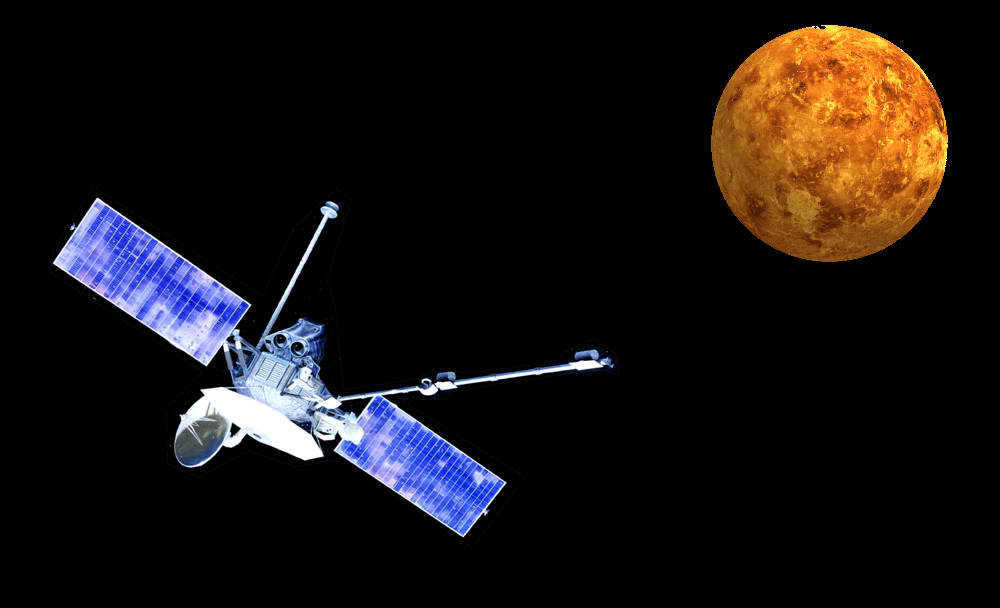
In 2004, NASA’s Messenger spacecraft embarked on a long-awaited journey to Mercury, marking a twenty-year wait for scientists. It wasn’t until January 2008 that the automatic interplanetary station completed its first round trip to the planet. Three years later, in 2011, the Messenger spacecraft successfully entered Mercury’s orbit and commenced its scientific exploration. Unfortunately, after four years of diligent study, the probe’s resources were depleted, causing it to descend and land on the planet’s surface.
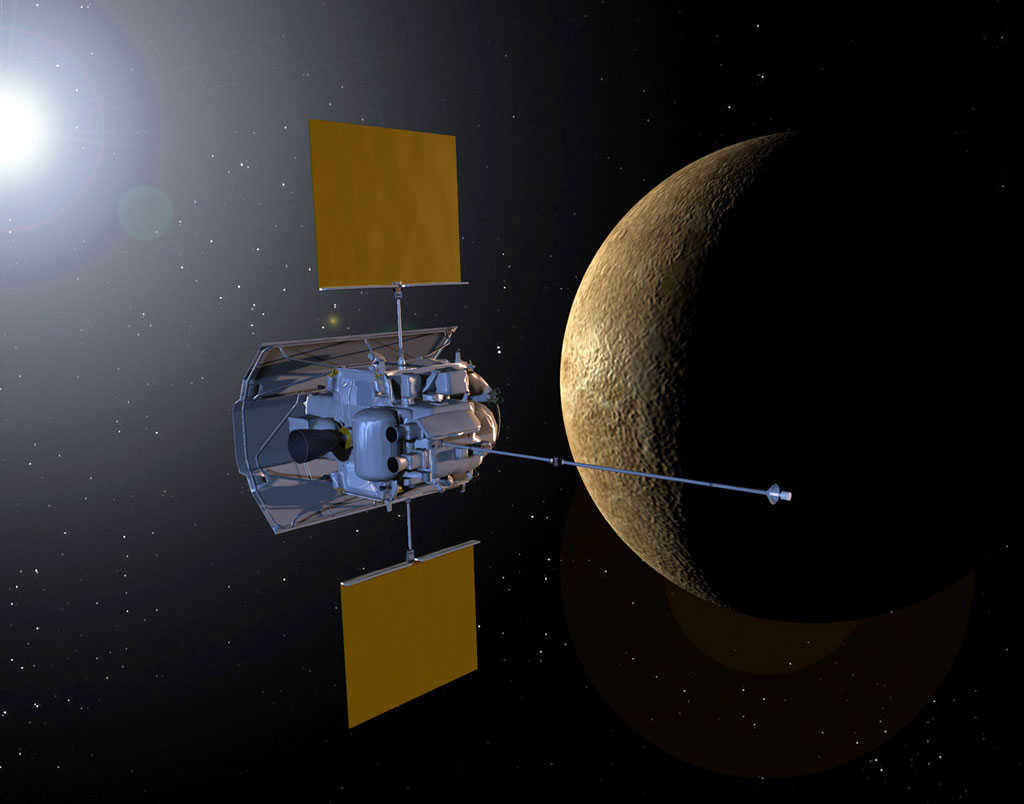

In comparison to the number of rovers sent to explore Mars, the number of spacecraft sent to investigate the first planet of our Solar System, Mercury, is significantly lower. This discrepancy can be attributed to the technical challenges involved in launching missions to Mercury. Reaching the orbit of Mercury requires complex orbital maneuvers that demand a substantial amount of fuel.
However, there are upcoming plans to launch two space probes to Mercury, one by the European Space Agency and the other by the Japanese space agency. The first probe aims to examine the surface and interior of Mercury, while the second, the Japanese spacecraft, will focus on studying the planet’s atmosphere and magnetic field.
Mercury holds the top spot in the roster of planets in our solar system. Despite its relatively small size, this celestial body has a prestigious duty: to be the nearest to our star, serving as the closest cosmic object to our brilliant luminary. Nevertheless, this position cannot be deemed particularly advantageous. Mercury, being the planet closest to the Sun, must endure the full intensity of our star’s scorching affection and radiant heat.
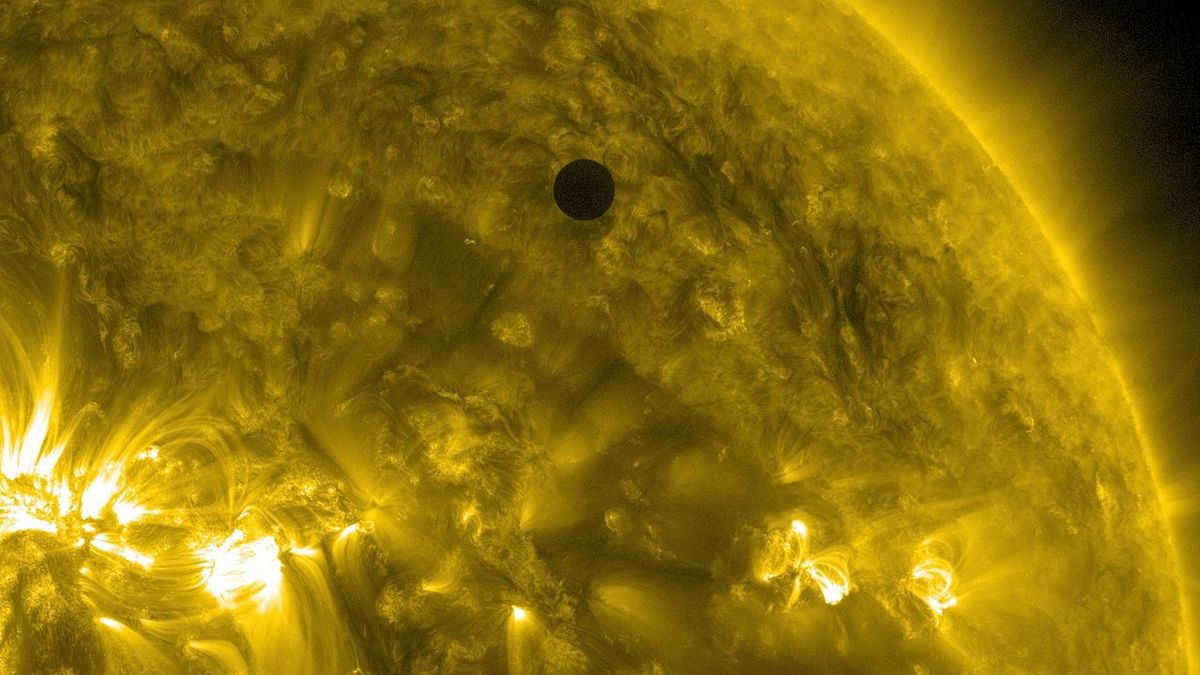
Astrophysical characteristics and peculiarities of the planet
Mercury is part of the Earth group of planets, being the smallest planet in the solar system. With an average radius of just 2439 km, its equatorial diameter measures 4879 km. It is worth mentioning that not only is Mercury the smallest planet in the solar system, it is even smaller than some of the largest moons.
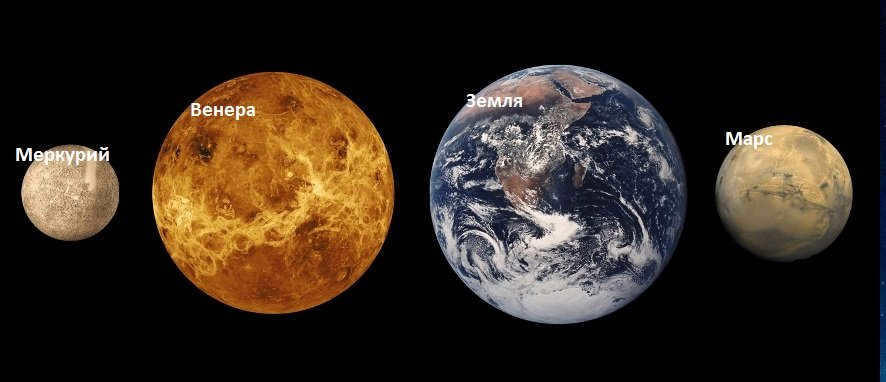
Ganymede, one of Jupiter’s moons, and Titan, one of Saturn’s moons, have a diameter exceeding 5,000 kilometers. Callisto, another one of Jupiter’s moons, is nearly as large as the planet Mercury.
The planet Mercury derives its name from the clever and impulsive ancient Roman god who was the patron of trade. The choice of this name is not coincidental. As the fastest-moving planet in the sky, Mercury is small and swift. Its orbital path around our star takes only 88 Earth days. This rapid speed is a result of the planet’s close proximity to the Sun. Mercury maintains a distance from the Sun ranging between 46 and 70 million kilometers.
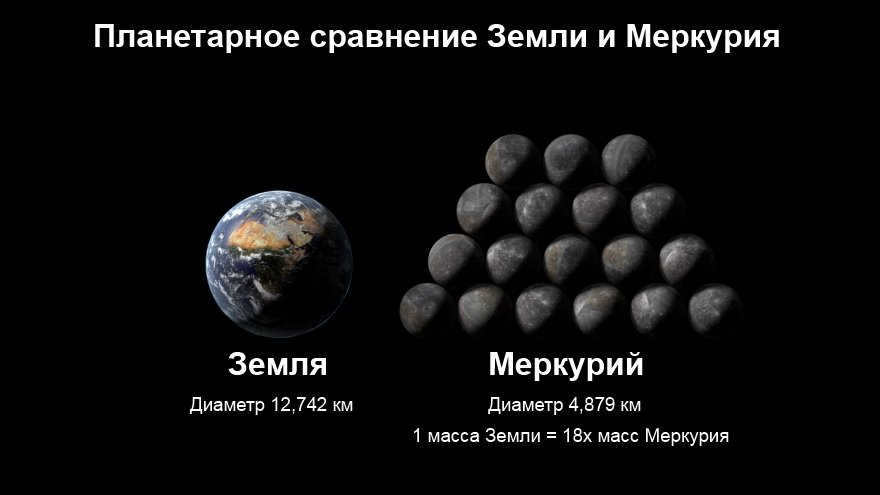
In addition to its small size, Mercury has the following astrophysical characteristics:
- The planet has a mass of 3 x 10^23 kg, which is 5.5% of the mass of Earth;
- Mercury’s density is slightly lower than that of Earth, measuring 5.427 g/cm3;
- The planet’s gravitational force or free-fall acceleration is 3.7 m/s2;
- Mercury’s surface area is 75 million square kilometers, which is only 10% of Earth’s surface area;
- Mercury’s volume is 6.1 x 10^10 km3, which is 5.4% of Earth’s volume. In other words, 18 planets the size of Mercury could fit inside Earth.
The rotation of Mercury around its own axis is completed every 56 Earth days, meaning that a day on Mercury lasts half of an Earth year. This implies that during a Mercurian day, the planet is exposed to the Sun’s rays for a period of 176 Earth days. Consequently, one side of Mercury experiences extreme heat while the other side cools down to cosmic coldness.
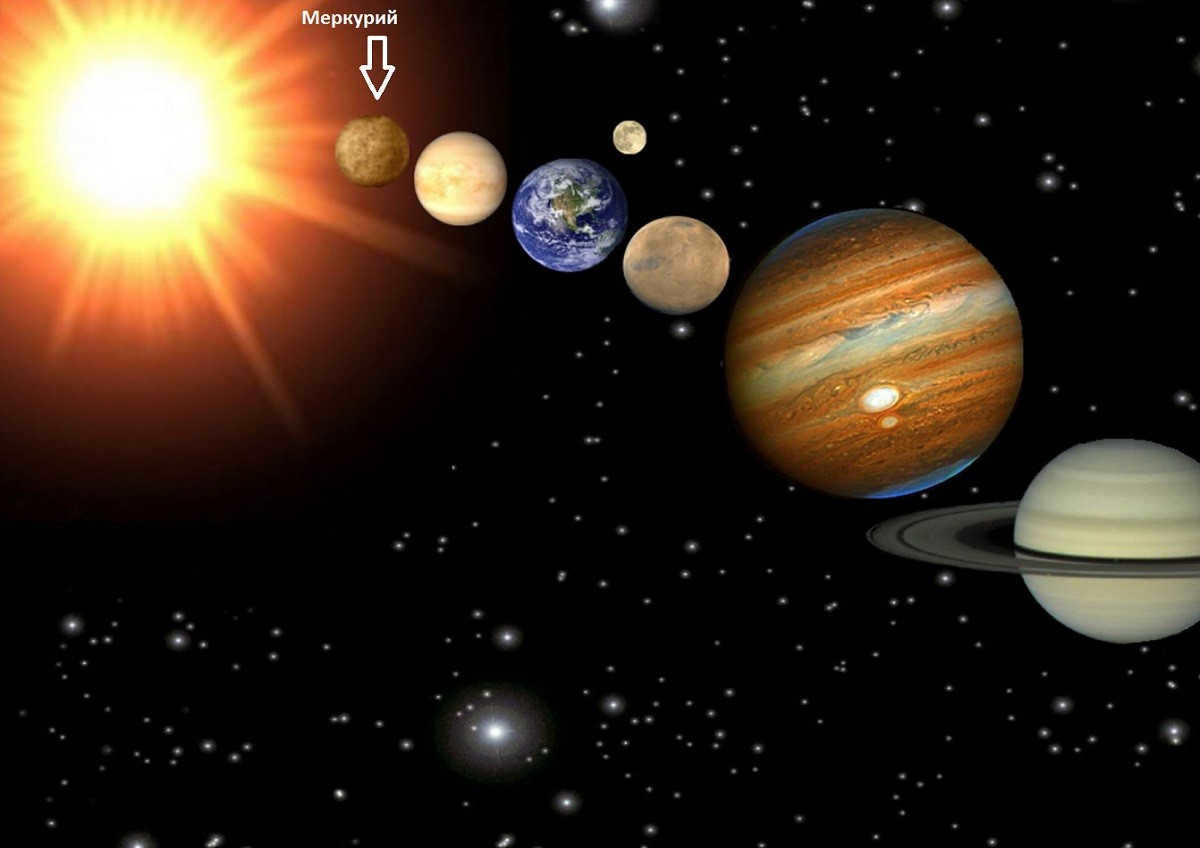
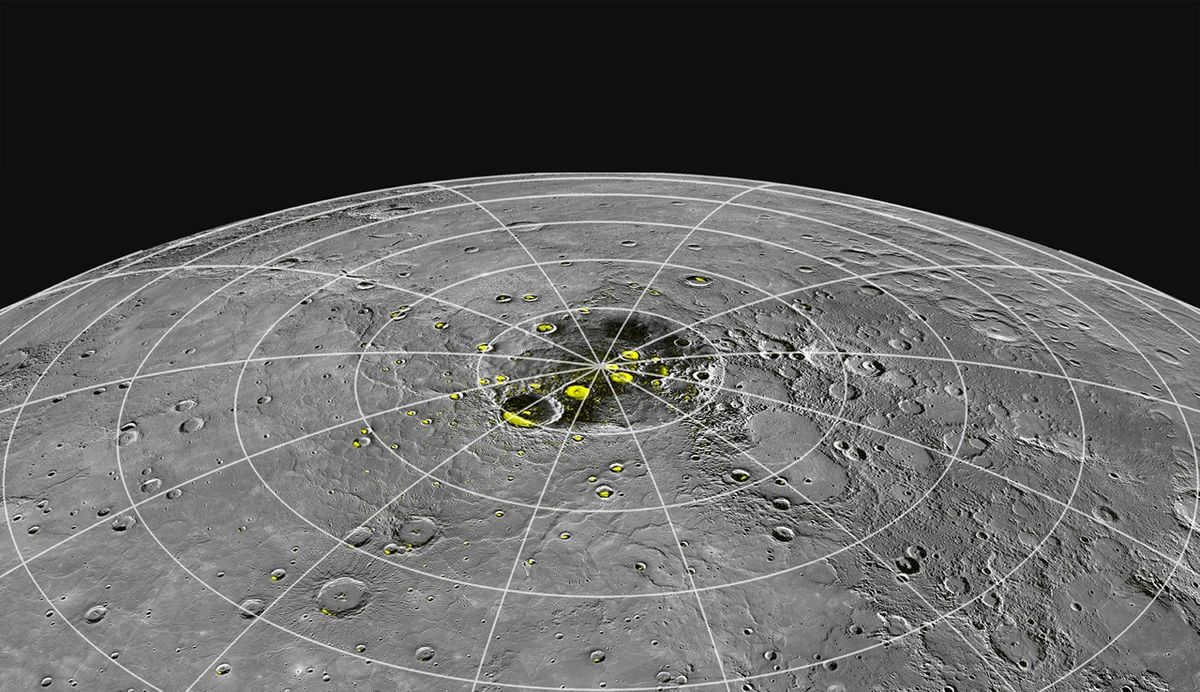
One unique characteristic of Mercury’s orbital position is the disparity between its rotation speed around its own axis and its movement around the Sun. While the planet maintains a constant rate of revolution, its speed varies as it orbits the Sun. Specifically, during perihelion, Mercury moves faster than its own rotational velocity. This leads to an intriguing astronomical phenomenon where the Sun appears to move in the opposite direction across the Mercurian sky, from West to East.
Unlike Venus, which is often considered Earth’s closest planet, Mercury can actually be much closer to our planet than the “morning star”. Additionally, Mercury does not have any satellites, so it journeys alongside our star in splendid isolation.
Origin and Present Condition of Mercury’s Atmosphere
Despite its proximity to the Sun, the planet’s surface is separated from the star by an average distance of 50-70 million kilometers, resulting in significant daily temperature fluctuations. In daylight, the surface becomes scorching hot, reaching temperatures of up to 427 degrees Celsius. Conversely, the planet experiences extreme cold during the night, with surface temperatures dropping to a minimum of -200 degrees Celsius.
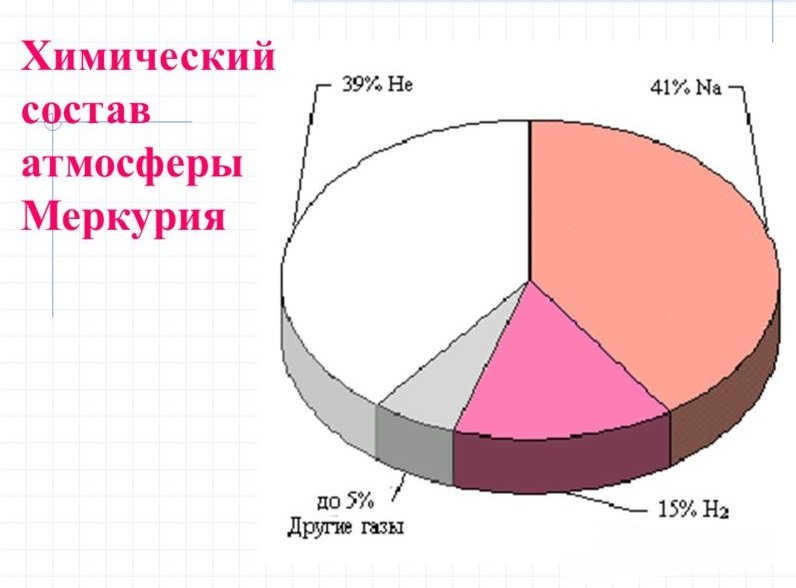
The extreme temperature differences on Mercury are due to the unique state of its atmosphere. The atmosphere is incredibly thin, which means it has little effect on the thermodynamic processes occurring on the planet’s surface. The atmospheric pressure on Mercury is a mere 10-14 bar, further contributing to its minimal impact on the planet’s climate. Instead, the planet’s climatic conditions are primarily determined by its orbital position relative to the Sun.
The atmosphere of the planet consists mainly of helium, sodium, hydrogen, and oxygen molecules. These gases were either trapped by the planet’s magnetic field from particles of solar wind or originated from the vaporization of the surface of Mercury. The rarefaction of the atmosphere of Mercury is evidenced by the fact that its surface is clearly visible not only from automatic orbital stations but also in a modern telescope. There is no cloud cover over the planet, which allows the sun’s rays to freely reach the surface of Mercury. Scientists believe that this state of the atmosphere of Mercury is explained by the close position of the planet to our star and its astrophysical parameters.
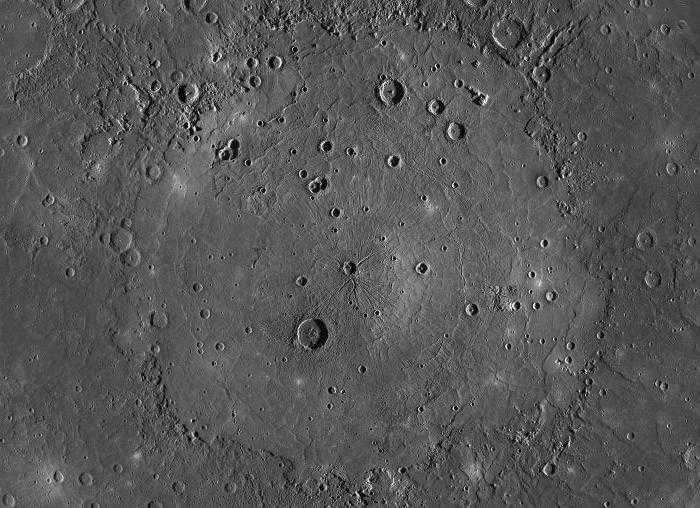

Astronomers were clueless about the color of Mercury for a significant period of time. However, upon observing the planet through telescopes and examining images captured by spacecraft, scientists discovered a dull and unappealing gray surface. The absence of an atmosphere on the planet and its rocky terrain are the primary factors contributing to this lackluster appearance.
The strength of Mercury’s magnetic field is clearly insufficient to withstand the gravitational force exerted by the Sun. The planet’s atmosphere is supplied with helium and hydrogen by solar wind streams, but due to consistent heating, these gases become heated and dissipate back into space.
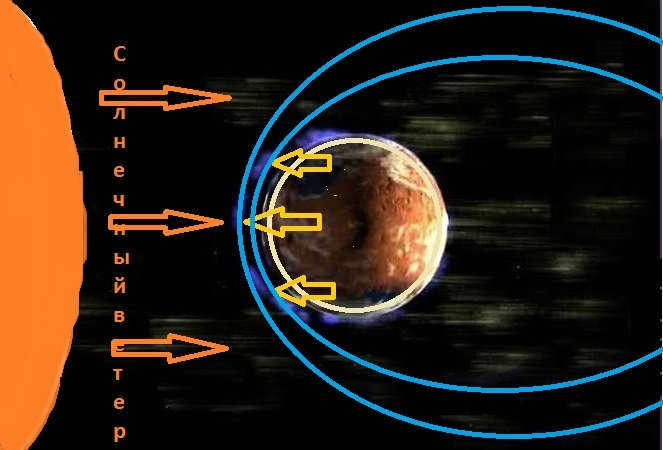

An overview of the structure and composition of the planet
Due to its current atmospheric conditions, Mercury is incapable of shielding itself from the impact of celestial bodies colliding with its surface. There are no signs of natural erosion on the planet, indicating that its surface is primarily influenced by cosmic processes.
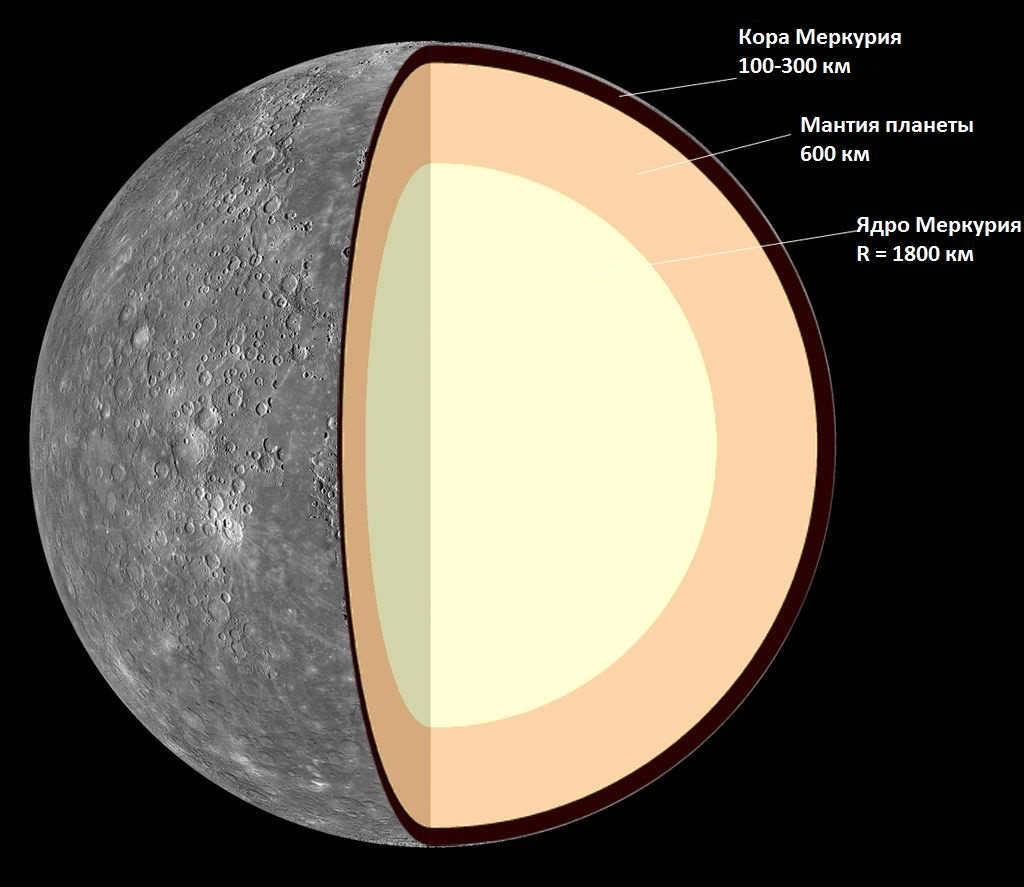
This elucidates the remarkably high density of the planet, which is atypical for celestial bodies of similar size and origin. The existence of a liquid iron core grants Mercury a magnetic field, its intensity is adequate to neutralize the solar wind by capturing charged plasma particles. This planetary configuration is uncommon among the majority of planets in the solar system, where the core constitutes 25-35% of the overall planetary mass. Presumably, the distinct structure of Mercury arises from the idiosyncrasies of its formation.
Scientists hypothesize that Mercury’s composition was significantly shaped by its origin. One theory suggests that Mercury was once a moon of Venus but lost its rotational momentum and was pulled by the Sun’s gravity into its current elongated orbit. Another possibility is that during its formation over 4.5 billion years ago, Mercury experienced a collision with either Venus or another celestial body, causing a significant portion of its crust to be blown away and scattered into space.
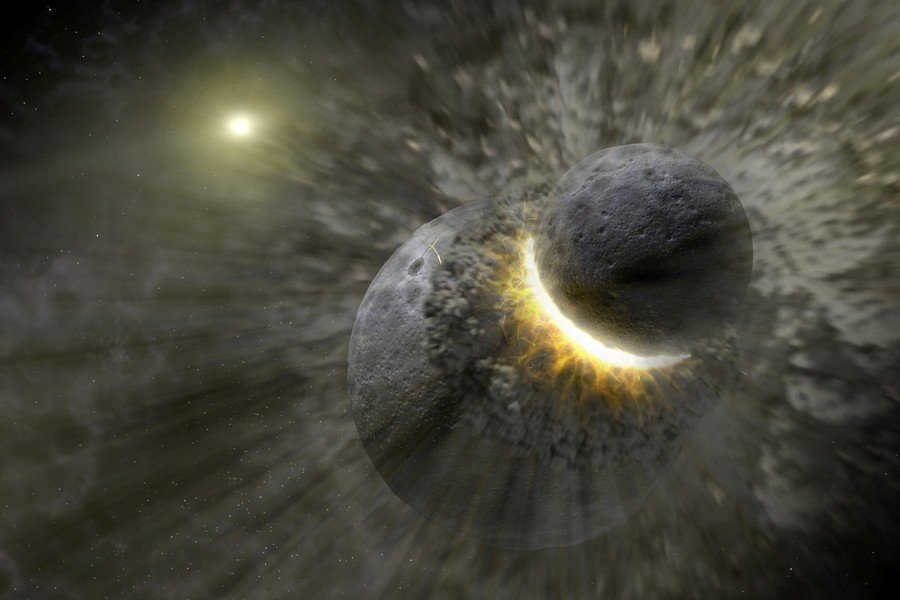
Another explanation for Mercury’s origin suggests that it was formed from the remaining cosmic matter after the creation of Venus, Earth, and Mars. The planet’s core is primarily composed of heavy elements, such as metals, while lighter elements were insufficient for the formation of its outer shell.
Based on images captured from space, it is evident that Mercury’s active period has long since passed. The planet’s surface is characterized by a desolate landscape, adorned with numerous craters of various sizes. Extensive valleys, formed by solidified lava, serve as a testament to Mercury’s previous volcanic activity. Unlike Earth, Mercury lacks tectonic plates, with its crust layer directly covering the planet’s mantle.
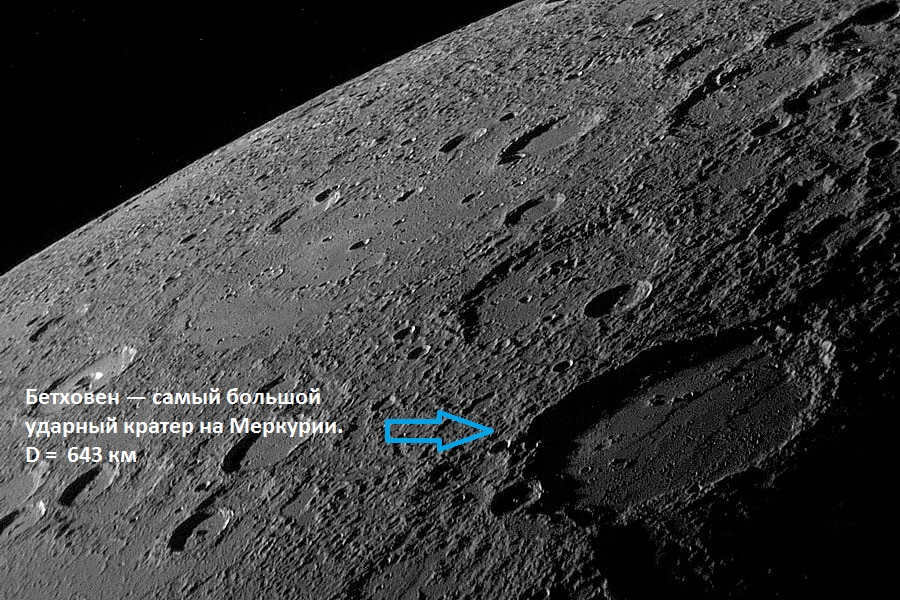
The magnitude of the craters on Mercury is astonishing. The largest and most massive crater, known as the Plain of Heat, spans over one and a half thousand kilometers in diameter. The immense caldera of the giant crater, standing at a height of 2 kilometers, indicates that the collision of Mercury with a celestial object of such magnitude had the magnitude of a universal catastrophe.
The abrupt termination of volcanic activity resulted in the swift cooling of the planet’s surface and the creation of a undulating terrain. Cooled layers of crust shifted over the underlying layers, forming scales, while asteroid impacts and significant meteorite strikes further distorted the planet’s visage.
For an extended period of time, we have been observing celestial bodies such as asteroids, comets, planetary satellites, and stars using telescopes, but we lacked the technological capacity to thoroughly study our cosmic surroundings. However, our perspective changed significantly when we gained the capability to send space probes and devices to the distant planets, particularly when it comes to our neighbors and Mercury. This enabled us to acquire a completely new understanding of the appearance of outer space and the various objects within our solar system.
The majority of scientific data regarding Mercury was acquired through astrophysical observations. Utilizing advanced telescopes, researchers extensively examined the planet. A major breakthrough in the study of the solar system’s smallest planet was achieved with the launch of the American Mariner 10 spacecraft in November 1973. Equipped with an astrophysical automated probe, this mission made significant strides in advancing our understanding of Mercury. The spacecraft was launched from Cape Canaveral using an Atlas rocket.
The U.S. Mariner space program embarked on a mission to explore the neighboring planets, Venus and Mars, by launching a sequence of automated probes. While the initial devices were primarily focused on Venus and Mars, the tenth probe, after conducting observations of Venus, took a new trajectory towards Mercury. This groundbreaking journey provided astrophysicists with vital data about the planet’s surface, atmospheric composition, and orbital characteristics.
